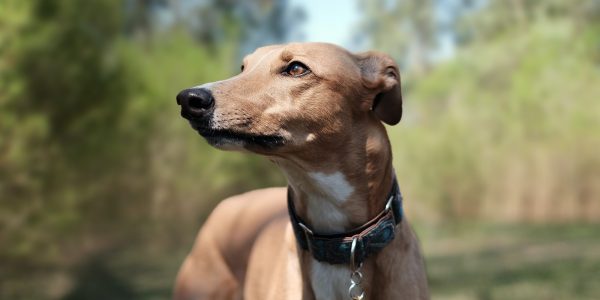Have you ever asked a kid about their favourite animal? More often than not, their faces light up as they excitedly repeat the facts that have blown their minds or proudly mimic an animal sound. Here are six activities to further ignite their curiosity about the natural world around them, and help nurture their compassion for animals big and small.
This image contains content which some may find confronting
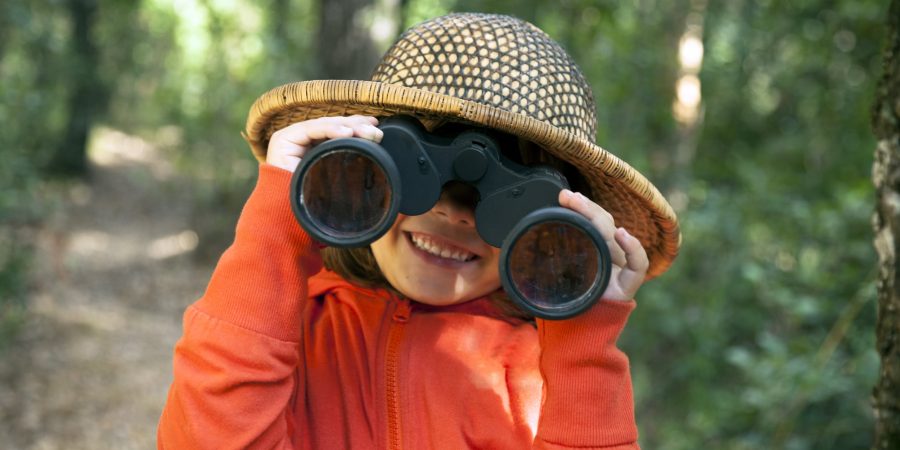
1. Be ‘adventurers’ abroad — or at home!
There are stunning places around the globe to see animals in their wild habitat but let’s not forget there are places right here at home too. Camping, bushwalking, and even exploring local parks or the backyard can offer wonderful opportunities to see animals going about their everyday lives.
An ‘exploration pack’ can make an outdoor adventure even more exciting for little animal lovers. Along with a hat and water bottle, pop a magnifying glass to spot busy insects and binoculars for animals further away into a small bag. You could also include a pencil and notepad or digital camera so that they can record the different animals spotted on their adventure. For a bit of a challenge or fun competition, source a book on native birds or other animals in the area and see who can spot 5 (or 10, or more!) new species first.
Observing animals from a safe distance, appreciating their natural behaviours and interactions, helps to develop a compassionate perspective that animals are here with us (rather than for us, which is the case when they are confined in captivity for human entertainment).
This image contains content which some may find confronting
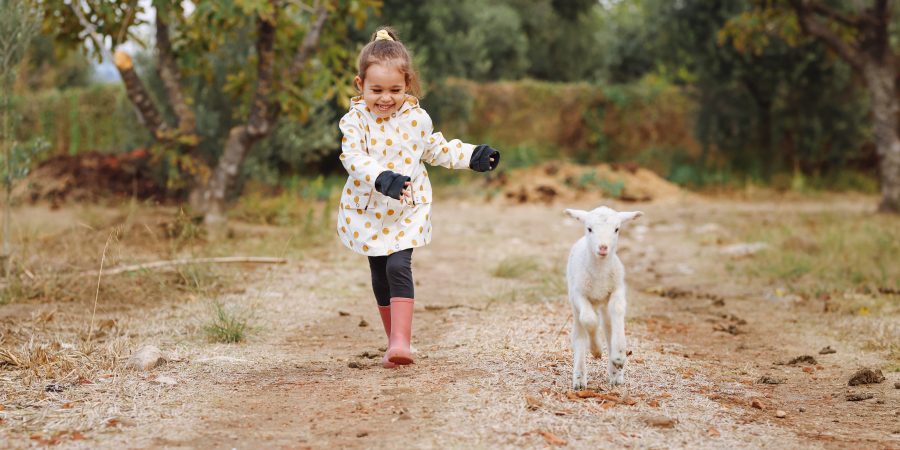
2. Visit rescued animals at a sanctuary
Ever seen a hen blissfully sunbathe, or a sheep run joyfully when they hear their name called? Many people, children and adults alike, don’t get to spend much time with animals who are typically farmed, like chickens, sheep, pigs and cows. When visiting a farmed animal sanctuary, you’ll get to see these animals in a brand new light! Safe and free to express natural behaviours, their wonderful personalities shine through, and they’re as unique and varied as those of the companion animals we share our homes with.
Some sanctuaries offer tours specifically for children, like Edgar’s Mission in Victoria. Guaranteed to bring beaming smiles to faces all around, kids get to meet the animals and hear their stories. Supporting sanctuaries through tour tickets, merchandise and donations helps to fund the rescue, rehabilitation and life-long care of these animals in need, who are too often overlooked. This is not an exhaustive list, but some sanctuaries in other Australian states are Where Pigs Fly (NSW), DRU (QLD), Brightside (TAS), Freedom Hill (SA) and Greener Pastures (WA).
This image contains content which some may find confronting
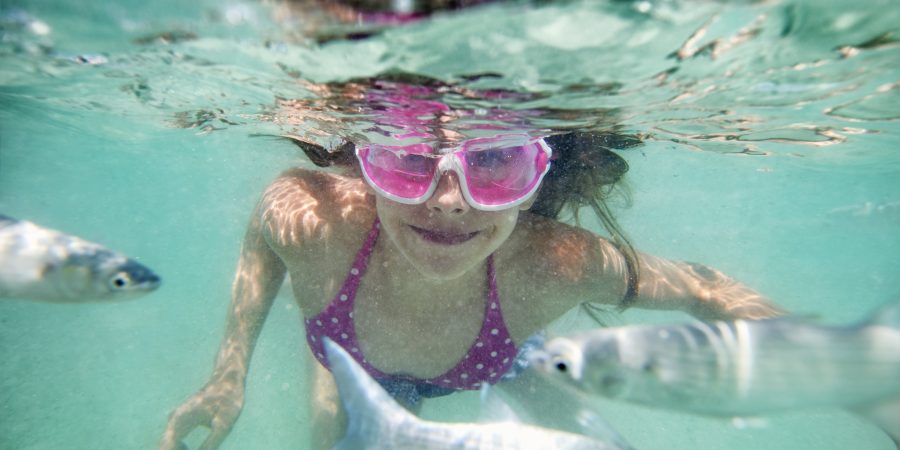
3. See marine animals in their home
Grab the snorkels, goggles, and floaties (if needed) and head to your closest snorkelling spot. The wonders of aquatic life just below the water’s surface are sure to inspire awe and curiosity amongst all age groups. There are several excellent locations to swim alongside fish in the wild, some of which aren’t too far from urban areas, like Clovelly in Sydney’s Eastern Suburbs (NSW) and Kerferd Road Pier which is very close to central Melbourne (VIC).
Fish have unique personalities, are fast learners, and form friendships — there is so much to learn about these amazing animals! By observing fish and other marine animals in their natural environment, kids and carers alike will get to see a whole new side to them (unlike in aquariums where the animals are confined in unnatural enclosures).
This image contains content which some may find confronting
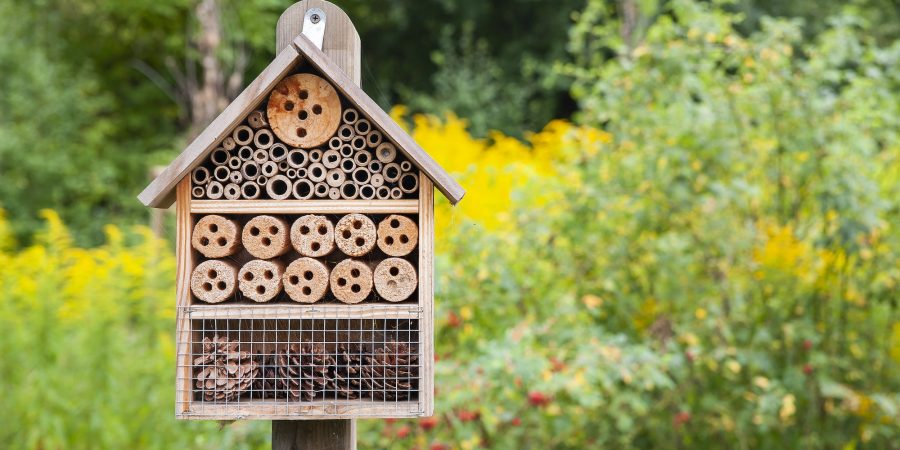
4. Make your yard animal-friendly
Whether you have a backyard, balcony, or live close to some green space, kids can learn about sharing our world with animals by making outdoor spaces more wildlife friendly. How?
- Make drinking stations: Using upcycled containers or plastic trays from a local dollar-store, kids can help provide safe access to drinking water. Pop some sticks or rocks inside to help smaller animals make a safe escape.
- Install nesting boxes: Boxes provide shelter for birds, possums and other small native animals, and they are fun and simple to make. Check out Backyard Buddies building guide here.
- Build a bug hotel: Use pieces of wood of different shapes and sizes to create a mini oasis for our bug friends. If building one from scratch isn’t doable, completed bug hotels can be purchased from stores like Bunnings.
- Share plants and trees: Plant or purchase native flowers, shrubs, and fruit trees to help hungry Australian wildlife, like flying foxes, with food and shelter.
As safe habitat for wildlife is rapidly being destroyed largely due to the farming of animals and for urban development, these wildlife-friendly additions will help those who may be hungry and looking for a home. If creating a wildlife haven is something the kids are keen to help with, take the pledge to share your yard today!
This image contains content which some may find confronting
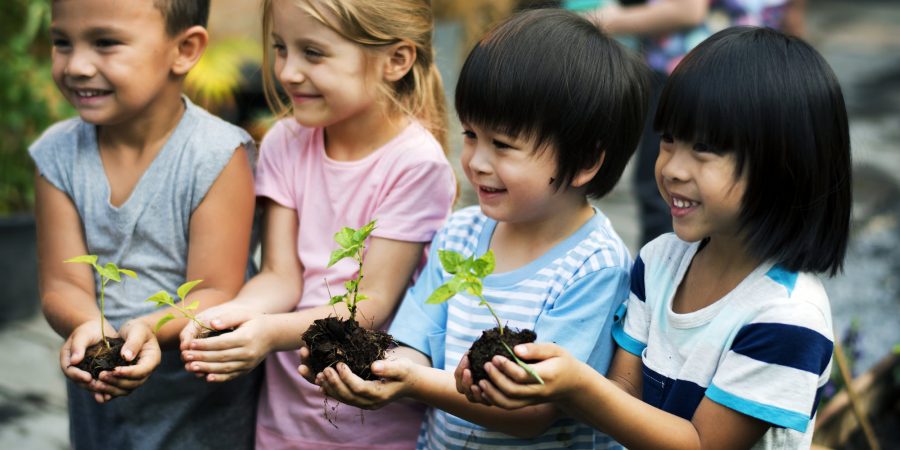
5. Grow a mini garden
A big, fancy veggie patch is not necessary for little green thumbs. Mini gardens can be created in a small area of the yard, in pots on a balcony, or in upcycled containers on a sunny windowsill.
Creating edible gardens is also a fantastic way to teach children about the plant life cycle and where different food comes from. Maintaining a garden can also be a beautiful opportunity to get close and comfortable with worms and insects, as well as birds, reptiles and other animals!
There is a variety of plants that can be grown from kitchen scraps, such as the ends of carrots, pineapples, celery, and lettuce, and the seeds of chopped tomatoes (check out ABC’s guide here). And the fun doesn’t end once the seeds or plants are potted — there’s ongoing watering and the joy of seeing sprouts emerge from the soil. Imagine their excitement when they can eventually pick lettuce leaves from their very own little nursery to add to their lunch, like this kid-friendly egg-less salad sandwich.
This image contains content which some may find confronting
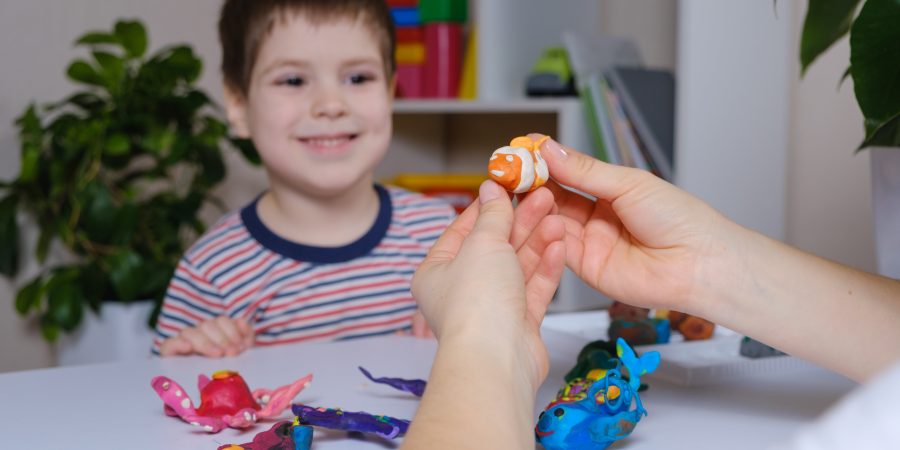
6. Create animal-inspired art
Great for a rainy day, the possibilities are almost endless when it comes to making animal art. Homemade play-dough, that is animal-friendly and edible, can be whipped up in just ten minutes and keep kids busy for hours making models of animals. Plant-based paints and crayons are also options for creating little masterpieces.
If the kids are after some inspiration to get started, open to a page of their favourite animal book so that they have a reference image to work with. Or, pull up a picture of their favourite animal characters from TV shows or movies; there’s Nemo the clown fish, Peppa Pig, Ferdinand the bull, Simba the lion, and Bluey the dog, just to name a few!
A kinder future for everyone
For children, kindness towards animals tends to be the default — they want to show animals affection with hugs, pats, and kisses at every opportunity.
It is generational thinking, passed down from those before us, that has led to animals being placed into different groups; labelling some as ‘friend’, some as ‘pest’, and others as ‘food’. Thankfully, it doesn’t have to be this way. By widening our circle of compassion, and teaching younger generations that all animals deserve our respect and care, we can shape the brighter, kinder future we all wish to see.




